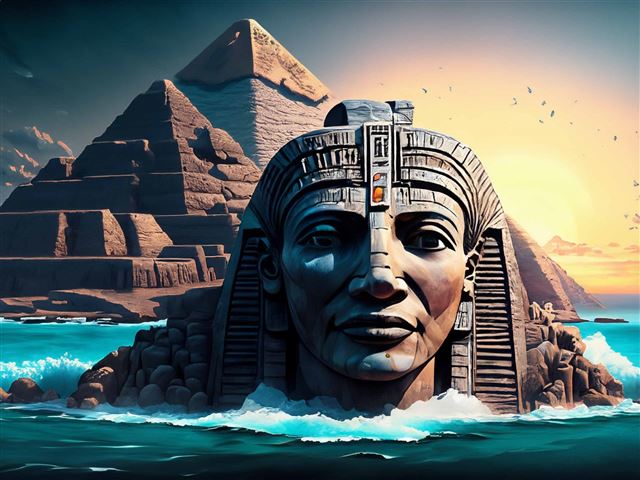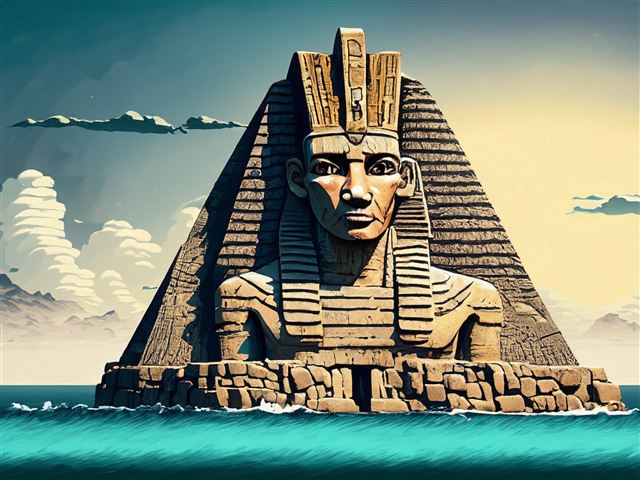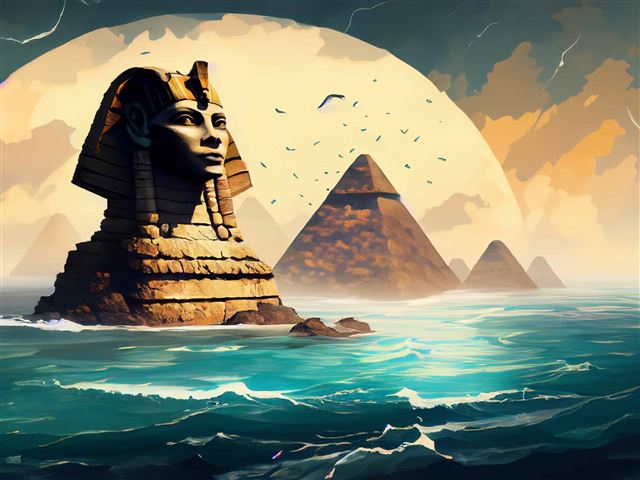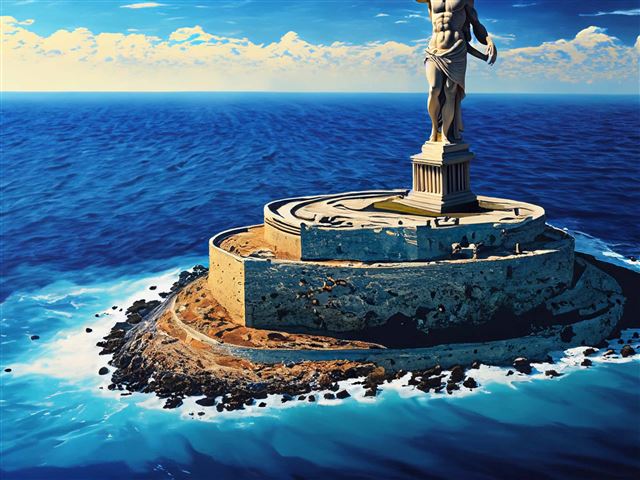Welcome to our comprehensive analysis of the timeless classic poem "Ozymandias" by Percy Bysshe Shelley. In this article, we will delve deep into the layers of meaning, symbolism, and historical context of this captivating piece of literature. Join us as we uncover the true essence of the "Ozymandias" statue and explore the profound insights it offers about power, legacy, and the transient nature of human achievements. Let's embark on a journey through time and poetry, as we unravel the hidden treasures of "Ozymandias."

The Poem's Structure and Meaning
"Ozymandias" is a sonnet, a fourteen-line poem with a specific rhyme scheme and structure. It is divided into two parts: an octave (eight lines) and a sestet (six lines). The rhyme scheme of the octave is ABABACDC, while the sestet follows the pattern EFEFGG.
The poem tells the story of a traveler who comes across a broken statue in the desert. The statue is of a once-great king, Ozymandias, who boasts of his power and achievements. However, the statue is now in ruins, and the inscription on its pedestal reads, "My name is Ozymandias, King of Kings; Look on my Works, ye Mighty, and despair!" The irony lies in the fact that there is nothing left to show for Ozymandias' supposed greatness.
The poem's meaning is open to interpretation, but it is often seen as a commentary on the fleeting nature of power and the inevitable downfall of even the mightiest rulers. It also serves as a reminder of the insignificance of human achievements in the grand scheme of things.
The Symbolism of the Statue

The statue of Ozymandias is a powerful symbol in the poem. It represents the king's ego and his desire for immortality through his grandiose monuments. The fact that the statue is now in ruins symbolizes the inevitable decay and destruction of all things, including the legacy of powerful rulers.
The inscription on the pedestal is also significant. It serves as a warning against pride and hubris, as it is a reminder that even the most powerful and mighty will eventually fall.
Historical Context
To fully understand the layers of "Ozymandias," it is essential to consider the historical context in which it was written. The poem was published in 1818, during the Romantic era, a time of political and social upheaval in Europe.
The French Revolution had recently ended, and the Napoleonic Wars were raging on. The idea of a powerful ruler being overthrown and their legacy crumbling would have resonated with readers at the time.
Furthermore, Shelley was known for his radical political views and his criticism of oppressive governments. "Ozymandias" can also be seen as a commentary on the abuse of power and the consequences of tyranny.
The Poem
I met a traveller from an antique land,
Who said—“Two vast and trunkless legs of stone
Stand in the desert. . . . Near them, on the sand,
Half sunk a shattered visage lies, whose frown,
And wrinkled lip, and sneer of cold command,
Tell that its sculptor well those passions read
Which yet survive, stamped on these lifeless things,
The hand that mocked them, and the heart that fed;
And on the pedestal, these words appear:
My name is Ozymandias, King of Kings;
Look on my Works, ye Mighty, and despair!
Nothing beside remains. Round the decay
Of that colossal Wreck, boundless and bare
The lone and level sands stretch far away.”
The Influence of Ancient Egypt
The title "Ozymandias" is derived from the Greek name for the Egyptian pharaoh Ramesses II, who ruled from 1279 to 1213 BC. Shelley was inspired by the ancient ruins and artifacts he saw during his travels in Italy and Greece.

The poem's setting in the desert and the mention of "two vast and trunkless legs of stone" and "a shattered visage" are reminiscent of the ruins of ancient Egyptian temples and statues. This adds to the poem's sense of timelessness and serves as a reminder of the impermanence of human achievements.
The Allusion to "The Colossus of Rhodes"

Another possible influence on "Ozymandias" is the Colossus of Rhodes, a giant statue of the Greek god Helios that stood at the entrance of the harbor of Rhodes. The Colossus of Rhodes stood as a testament to the grandeur of ancient Greece. This colossal statue of the Greek god Helios once graced the entrance of the harbor of Rhodes. Towering over the ships that passed through, it was a symbol of power and awe. The statue was destroyed by an earthquake in 226 BC, and its ruins were a popular tourist attraction in Shelley's time.
The Colossus of Rhodes was also seen as a symbol of power and grandeur, much like the statue of Ozymandias. The fact that it was destroyed by natural forces adds to the poem's theme of the inevitable downfall of even the most powerful rulers.
The Legacy of "Ozymandias"
"Ozymandias" has had a lasting impact on literature and popular culture. It has been referenced and alluded to in various works, including novels, films, and TV shows.
One notable example is the character of Ozymandias in the graphic novel "Watchmen" by Alan Moore and Dave Gibbons. The character is a wealthy and powerful businessman who takes on the name of Ozymandias and seeks to create a utopia through questionable means. The character's downfall and the destruction of his legacy mirror the themes of Shelley's poem.
The Influence on Other Poets
"Ozymandias" has also inspired other poets to create their own versions of the poem. One notable example is "Ozymandias Revisited" by D. H. Lawrence, which explores the idea of the statue being a metaphor for the human psyche.
Conclusion
"Ozymandias" is a powerful and thought-provoking poem that continues to captivate readers to this day. Its themes of the fleeting nature of power and the inevitable downfall of even the mightiest rulers are timeless and universal.
Through its use of symbolism, historical context, and allusions to ancient civilizations, "Ozymandias" offers a multi-layered analysis that has made it a staple in literature and a testament to the enduring power of poetry.